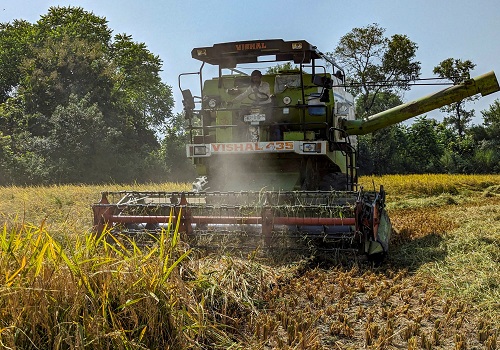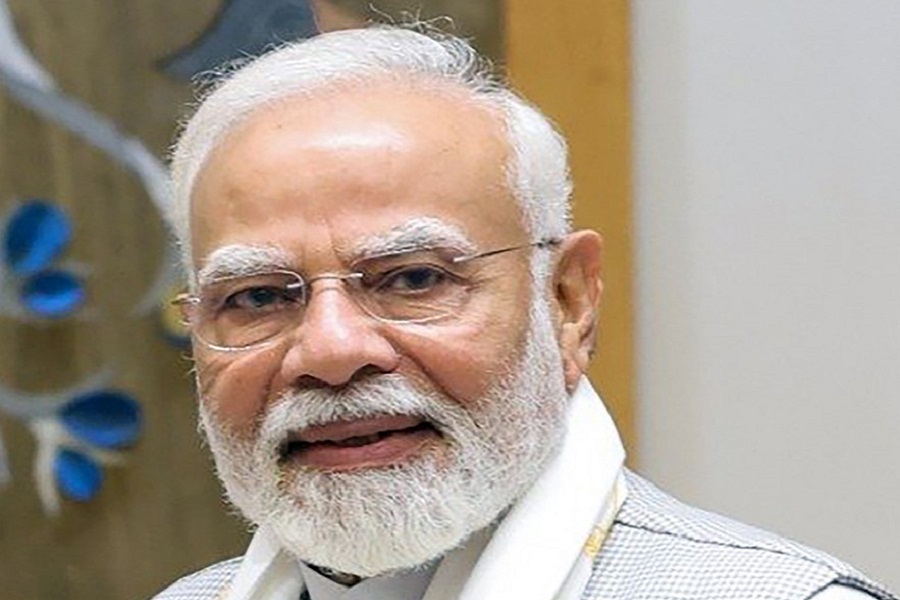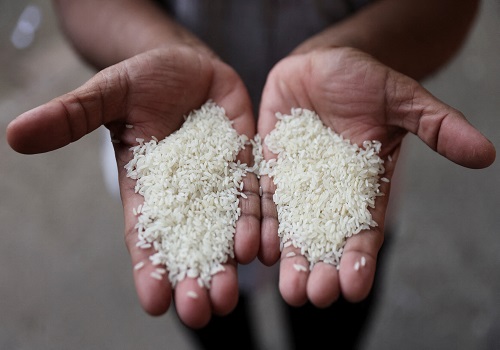India`s Kharif Rice Procurement Falls Short, Yet Surplus Ensures Robust Food Security By Amit Gupta , Kedia Advisory

The FCI procured 46.3 million tonnes of kharif rice for 2023-24, 6.5% less than last year, due to reduced state contributions. Total procurement reached 52.08 million tonnes, exceeding the annual requirement and boosting stocks. Over 10 million farmers benefited from MSP payments, bolstering food security. The government explores options to manage surplus rice and reduce retail prices.
Highlights
Kharif Procurement Drop: The Food Corporation of India (FCI) procured 46.3 million tonnes of kharif-grown rice for the 2023-24 season, a 6.5% decline from the previous year's 49.53 million tonnes due to a drop in procurement in most states.
Total Rice Procurement: By June 30, the total rice procurement reached 52.08 million tonnes, including 5.78 million tonnes from the rabi crop. The government’s procurement target was 52.49 million tonnes from kharif and 10.12 million tonnes from rabi.
Assam's Contribution: The purchase of kharif-grown paddy continued in Assam until June 30. However, Assam reported a significant 55% drop in official procurement, contributing to the overall deficit.
Government's Requirement: The government needs approximately 40-41 million tonnes of rice annually for welfare programs and the National Food Security Act (NFSA). The surplus over this requirement is expected to create a robust buffer of around 43-44 million tonnes.
Previous Year Procurement: In 2022-23, the government procured a total of 56.87 million tonnes of rice from the kharif, rabi, and zaid seasons, which was higher compared to the current year's procurement.
Farmer Benefits: Paddy procurement during the 2023-24 season benefited over 10 million farmers, with payments exceeding ?1.74 lakh crore made at the minimum support price (MSP).
Current Rice Stock: India's rice stock has increased to over 49 million tonnes, surpassing both buffer stock norms and the annual requirement, highlighting the effectiveness of FCI's procurement and storage infrastructure.
Government's Surplus Management: The government is exploring options to offload the surplus rice, estimated at 17-18 million tonnes for 2024-25, to help reduce retail prices. Options include extra allocation under the public distribution system and resumption of weekly e-auctions.
Industry Consultations: Food Ministry officials are consulting with millers, exporters, and corporates to gather views on various surplus management options. Exporters are urging the government to remove the 20% export duty and the ban on white rice shipments.
Increased Stockpiles: As of June 1, the Central Pool's rice stockpiles were 21.8% higher at 50.46 million tonnes compared to the previous year's 41.42 million tonnes. This includes 17.94 million tonnes of rice in the form of unprocessed paddy.
Conclusion
Despite a drop in kharif rice procurement, the government has maintained a strong buffer stock, ensuring food security. The surplus of 17-18 million tonnes allows flexibility in managing rice supplies and stabilizing market prices. Consultations with industry stakeholders aim to optimize surplus management, with potential policy adjustments like lifting export duties. The substantial procurement highlights the effectiveness of FCI's infrastructure, ensuring the nation's food security needs are met efficiently.
Above views are of the author and not of the website kindly read disclaimer










Tag News

Quote on Sensex 29th December 2025 by Aakash Shah Research Analyst, Choice Equity Broking













